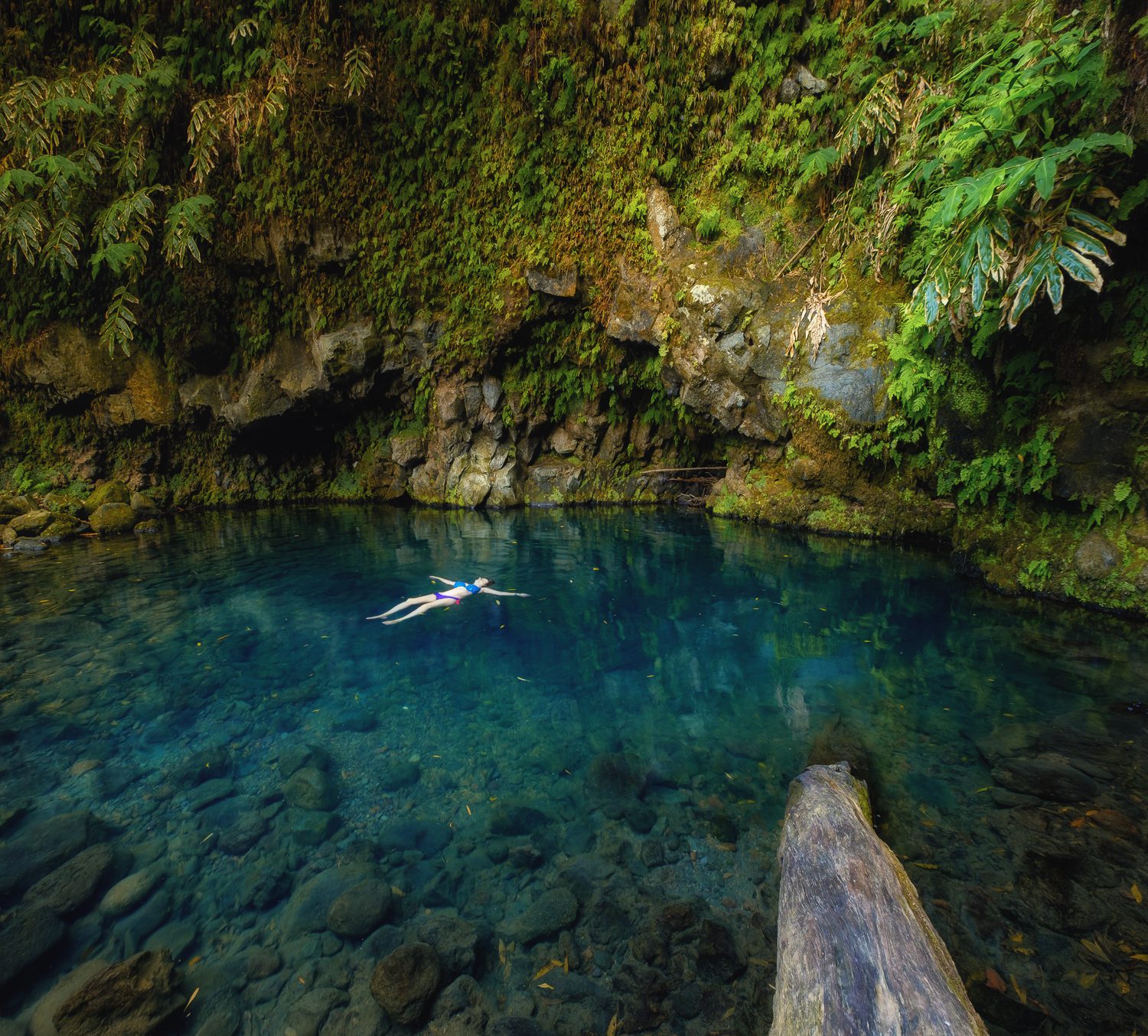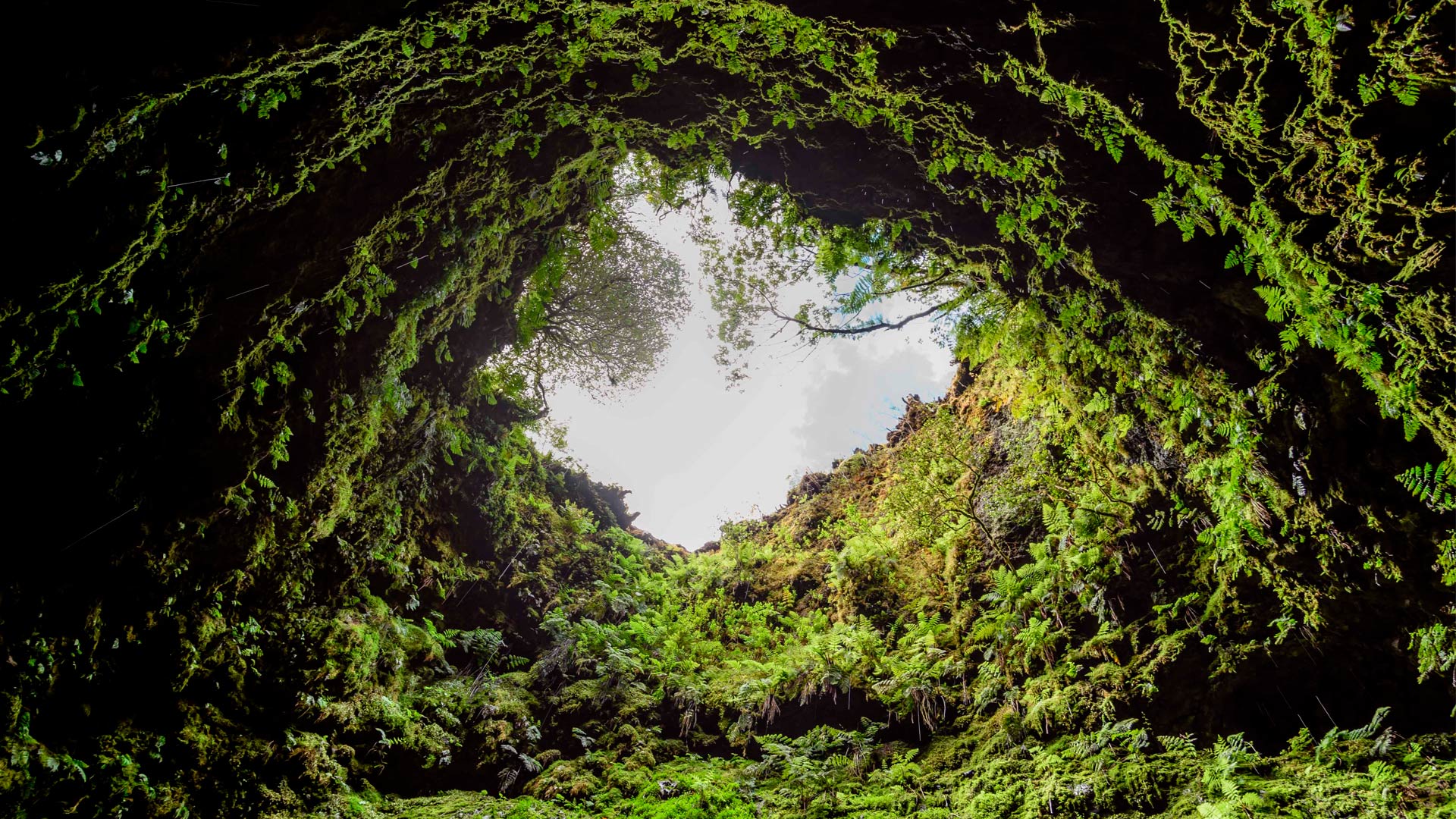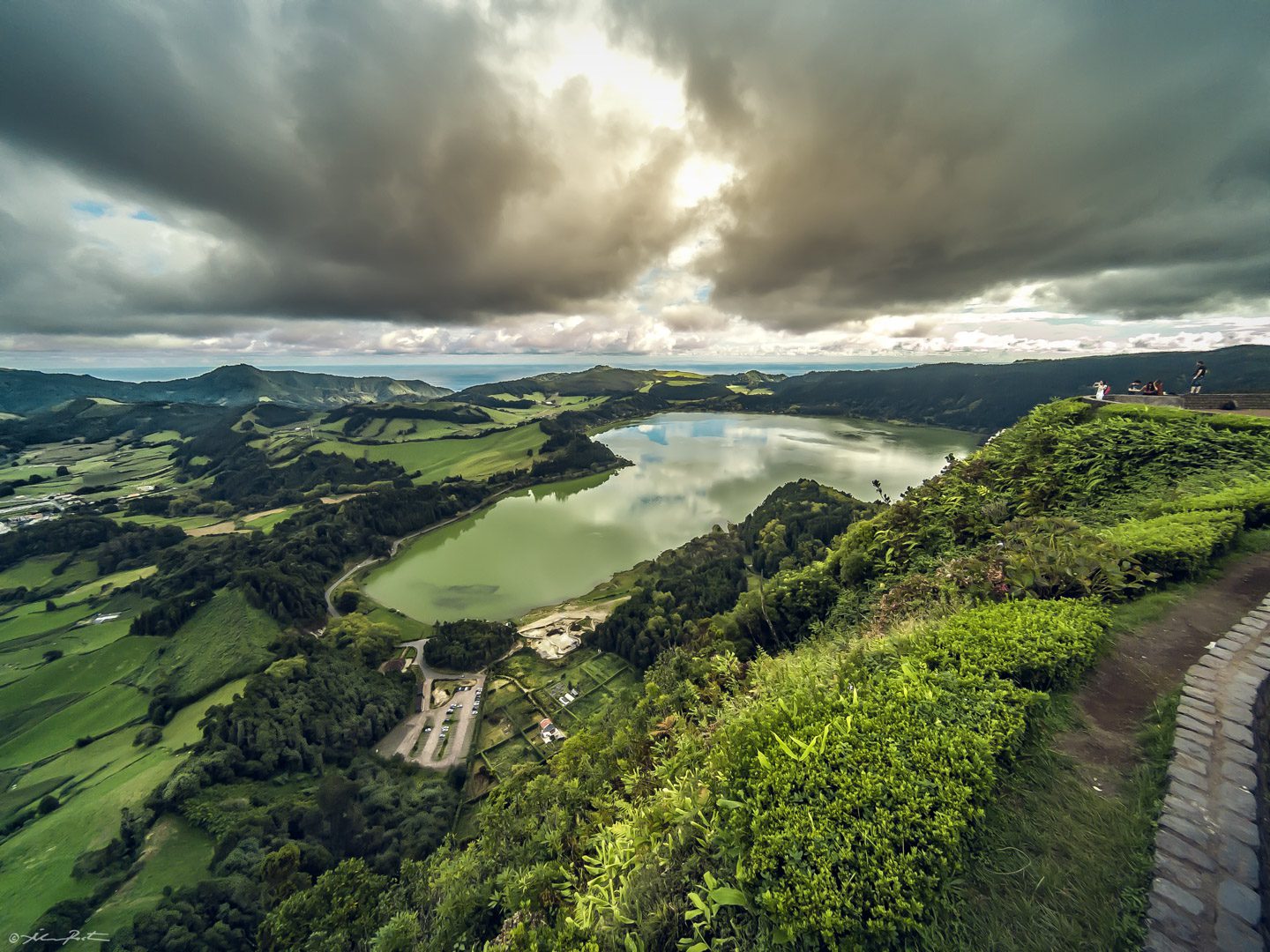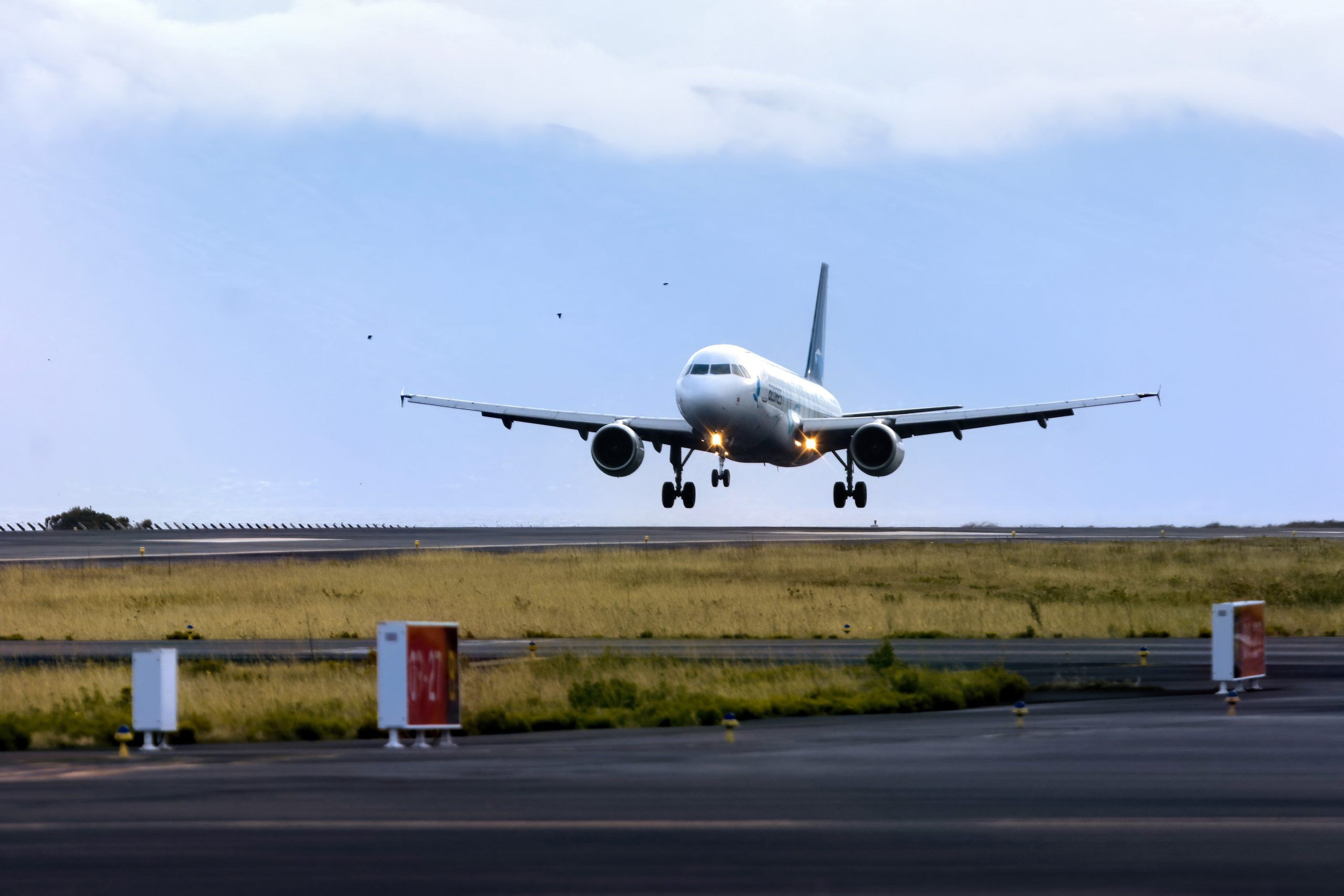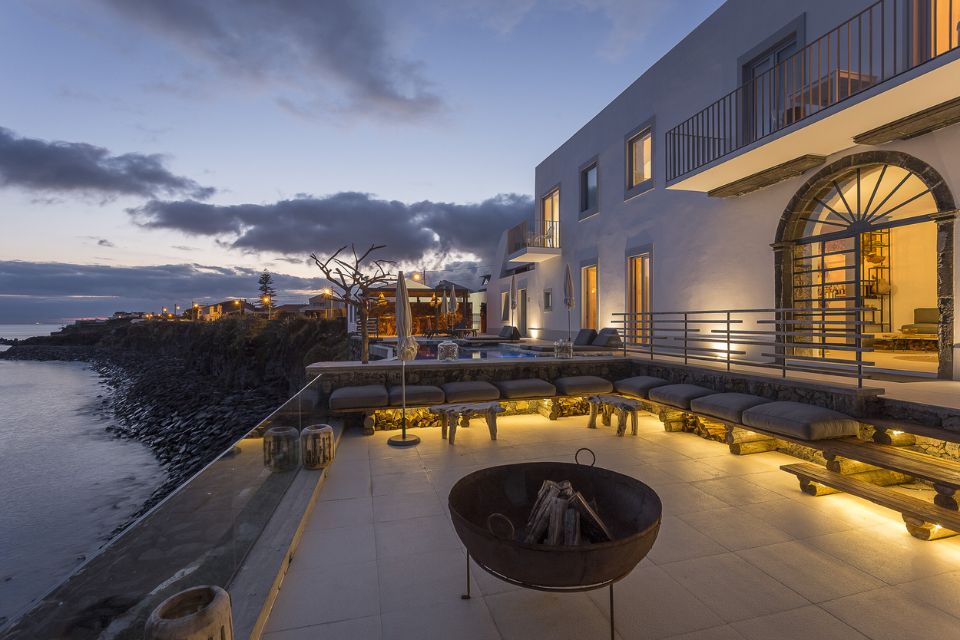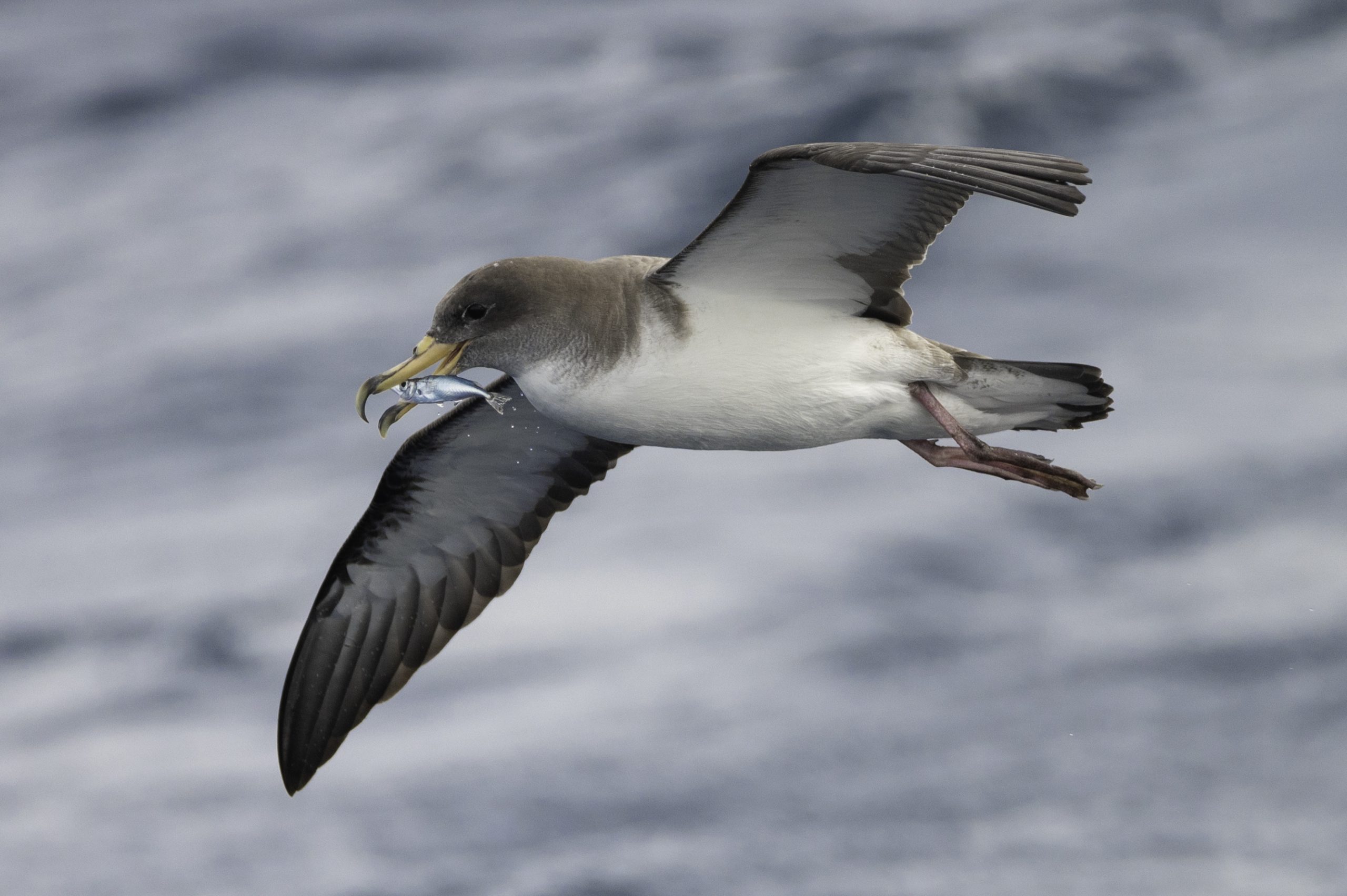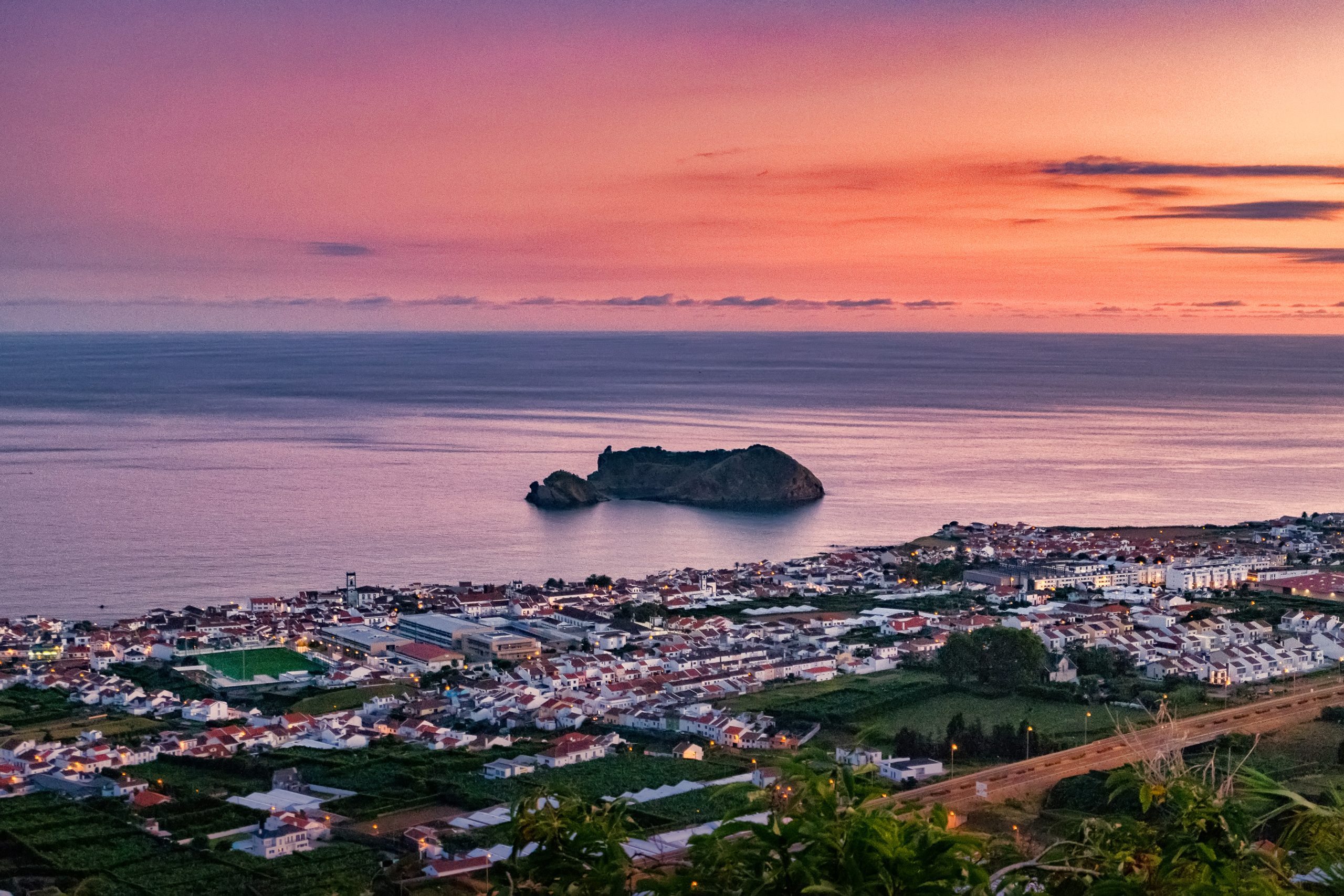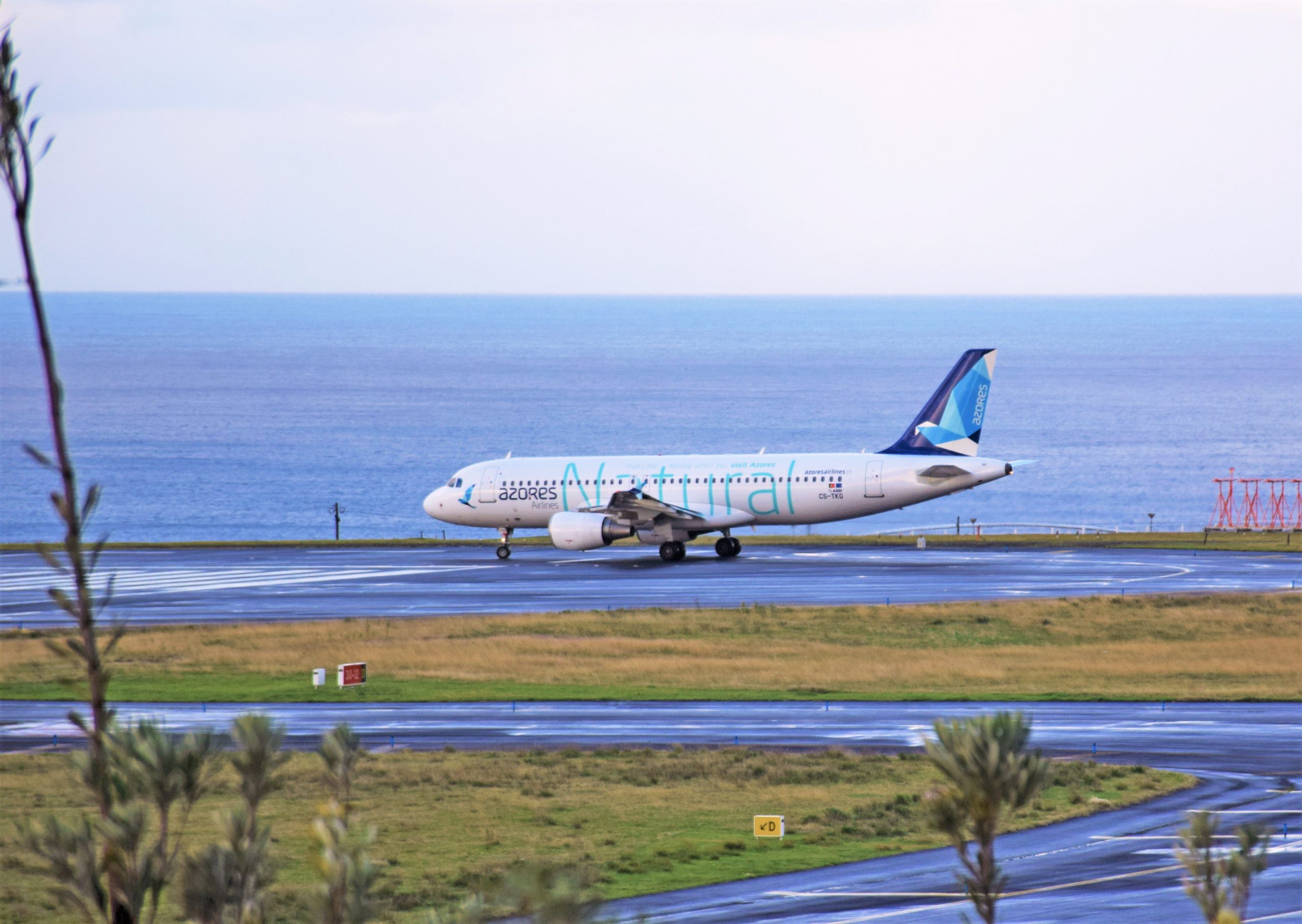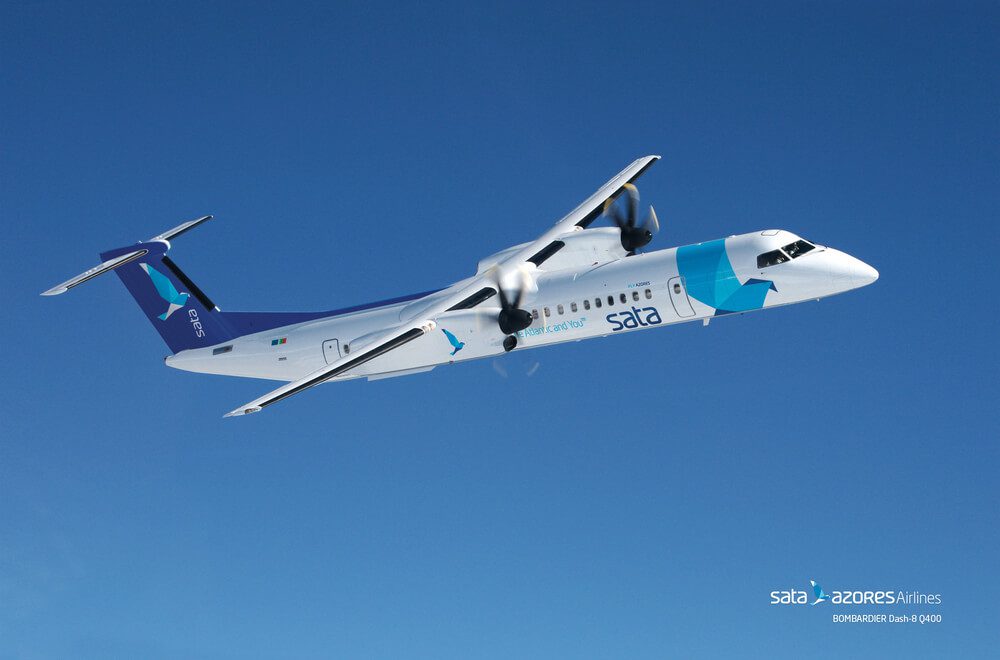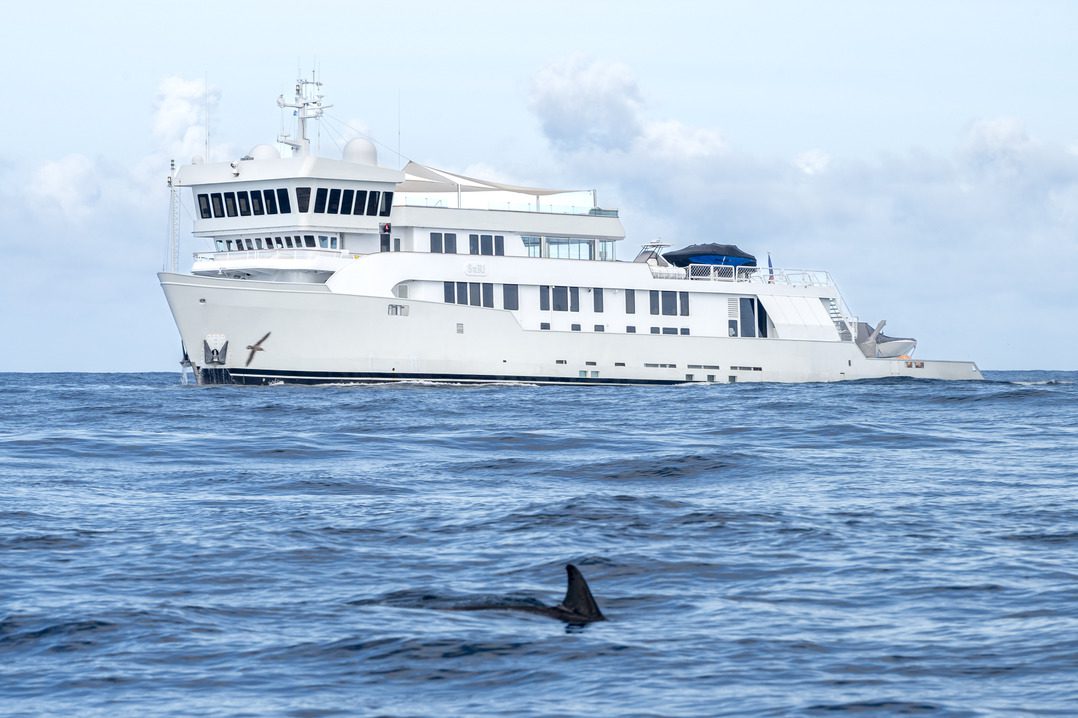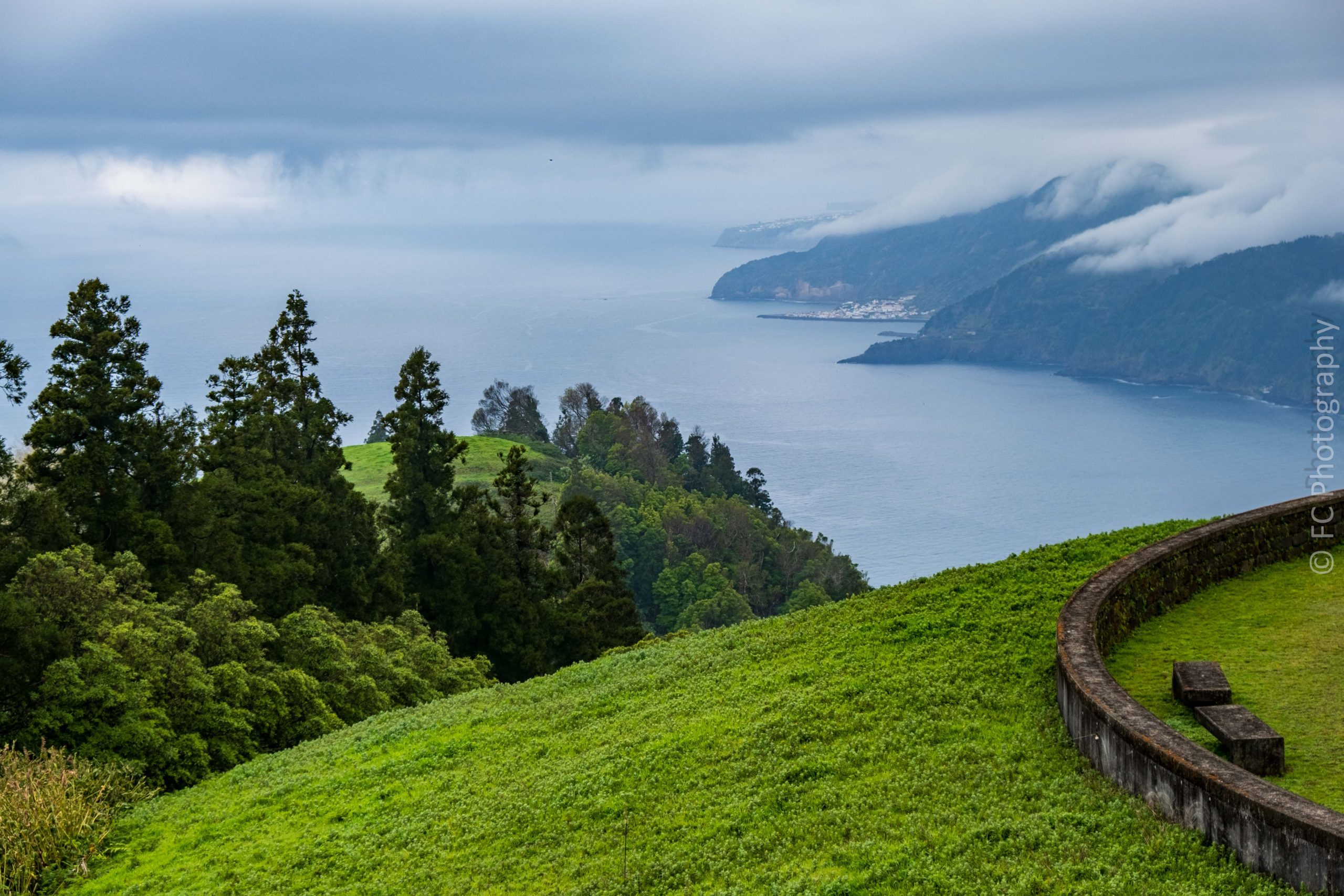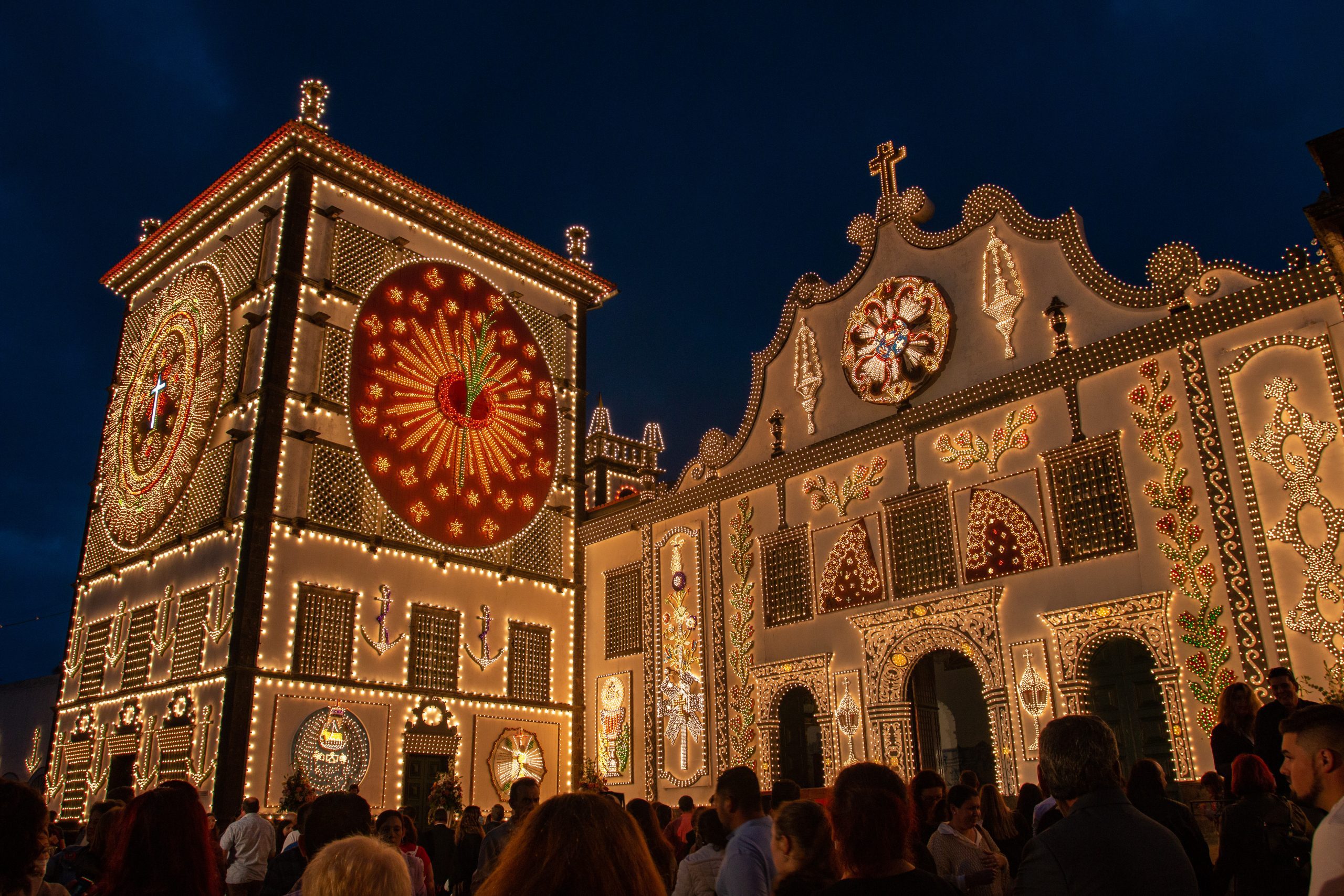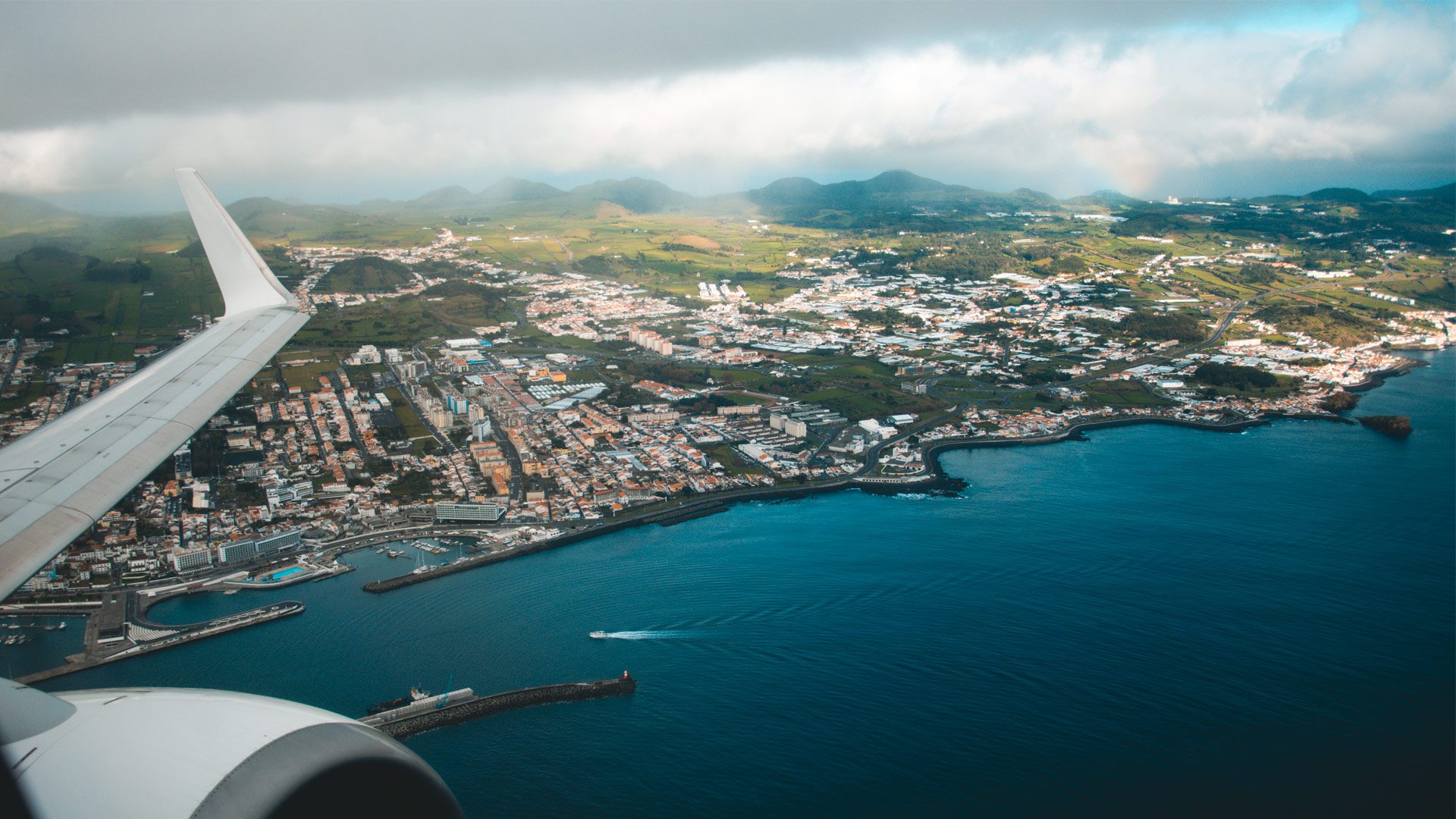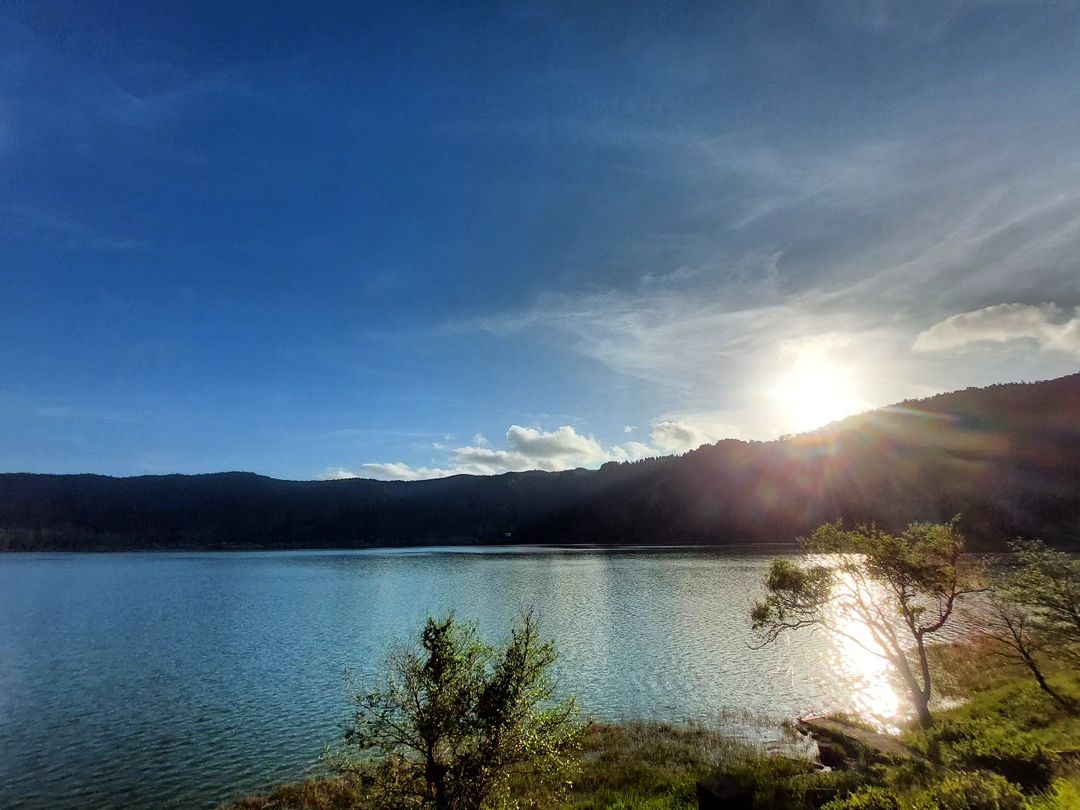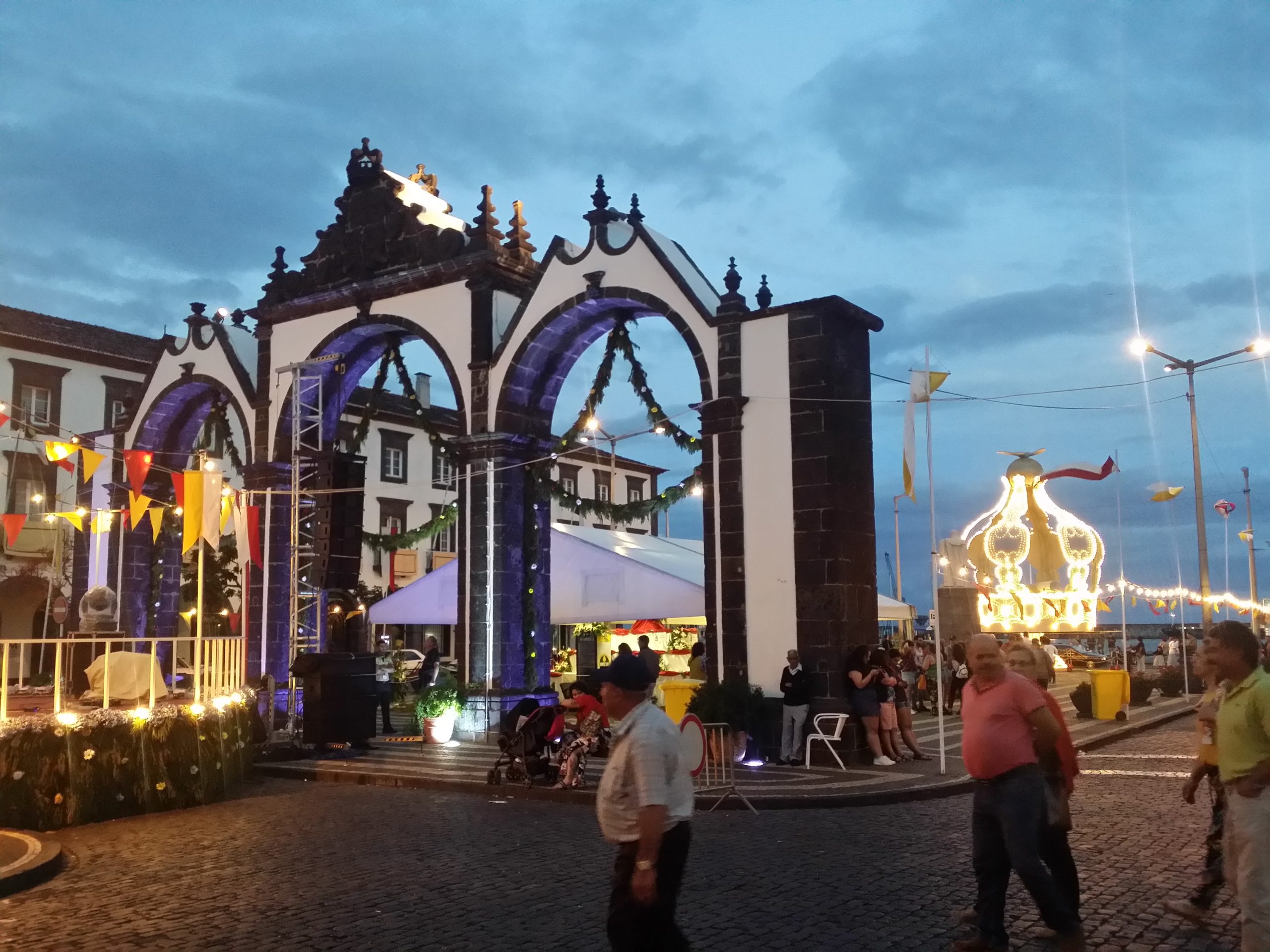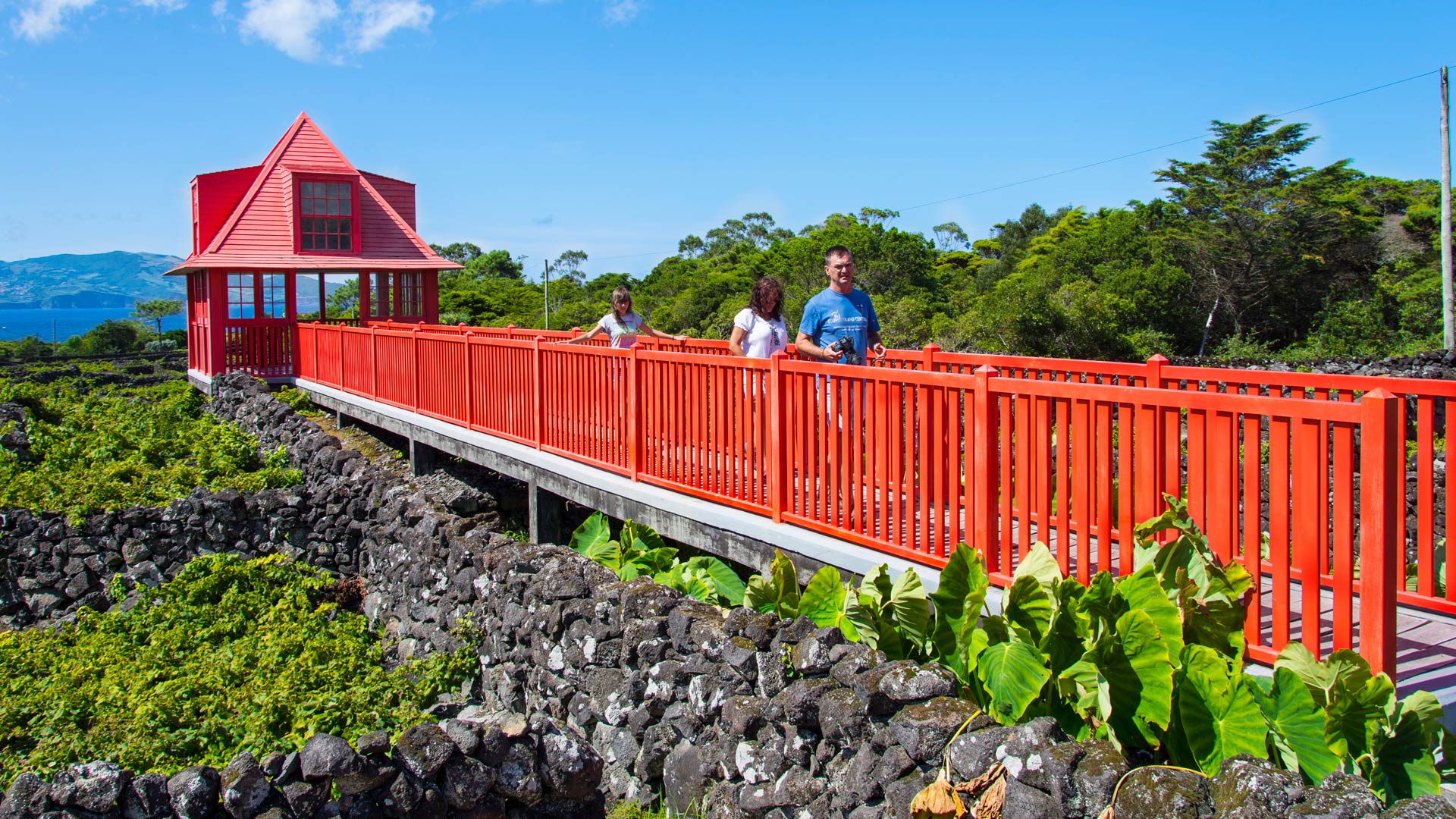Planning a road trip in the Azores? With this ultimate guide to driving in the Azores Islands, you will know all the safety tips and regulations to have a great time traveling.
Here, roads are mostly in good condition, depending on whether you are staying on the main roads or going to the secondary roads. However, there are a few things you should know before renting a car in the Azores and driving on our streets.
Special Things to Keep in Mind while Driving in the Azores
On-road Encounters when Driving in the Azores
When driving in the Azores, you will not find many traffic jams. However, you may encounter some everyday situations on the road. As the nine islands rely primarily on agriculture, specifically in the dairy industry, there are plenty of cows (as of 2024, 1,13 cows per inhabitant).
The farmers take them from field to field or to the milking station on foot. This means you will see from time to time (mainly in the early morning and late afternoon) groups of cows sauntering on the roads. This is part of the Azorean life: our local traffic jam. Just be patient, follow them slowly, enjoy the experience, and take some pictures to take home with you.

In April, there is also an important event impacting the roads of the Azores: a pilgrimage. The Azorean pilgrims go from church to church for several days, marching and chanting along the way. Be careful if traveling to the Azores at that time, especially on the curves.
From time to time, you might find a car alone in the middle of a street or on the side of the road. This is also perfectly normal and part of the local culture. Azoreans park anywhere. In that case, you can choose to wait for them to come back if there is no way to pass the stopped car, or overtake slowly if it is possible to proceed. Do not park in the same spot yourself and stop the vehicle anywhere; always find a proper parking space.
Particular Roads
Some roads can be pretty impressive; the Azores are all about hills and cliffs. In the end, don’t forget that you are driving on top of volcanoes, so it is not flat at all! If you are unsure of a road, listen to your instinct. Do not drive on dangerous roads or off-road.
The most impressive roads on São Miguel Island would be to reach Ponta da Ferraria, Salto do Cabrito, or Arnel’s lighthouse. If you are not a confident driver, park your car before and go down to these locations on foot.
Moreover, the streets of city centers are very narrow, especially in Ponta Delgada on São Miguel Island and Angra do Heroísmo on Terceira Island. When parallel parking in a narrow street, keep your mirrors adjusted to avoid any unpleasant surprises.

Weather Conditions & Driving in the Azores
In the Azores, we say we have the four seasons in a day, and it is very much true! Weather conditions can make it harder to drive if you are not used to quick changes (mostly fog at high altitudes, heavy rains, or strong winds). If you find yourself in hazardous conditions, reduce speed or park safely and wait for a bit, as the weather can change quickly.
Check all our articles about the weather in the Azores throughout the year 🌤️ ☔️: January | February | March | April | May | June | July | August | September | October | November | December
For the thick fog, use low beams or fog lights. Using the high-beam lights causes glare, and you won’t see any better. On rarer occasions, you can also experience floods, storms, and landslides, especially in the wintertime.
On the coast, the weather tends to be nicer, but if you want to know what you are getting into, check the weather conditions before heading out on the website Spot Azores. Thanks to the cameras set up on every island and in several locations, you can actually see the live weather where you want to go.
Quick Info
The emergency number for the Azores is 112.
Driving in the Azores: Laws & Regulations
The laws are the same as in most of Europe. You need to drive on the right side of the road. Use a seatbelt, even in the back of the car. Do not drive and use your phone at the same time, as your hands must be free and on the steering wheel. Children under 12 years old or 135cm in height should use a special seat.
Roundabouts

Roundabouts can be tricky. But here is how you should take them in the Azores.
When entering a two-lane roundabout, use the outer lane only if you want to turn right (first exit). Otherwise, you will always use the inner lane (to go straight, left, or make a U-turn). Always use the signals to exit and move to the outer lane gradually from the exit before the one you are aiming for. There is one roundabout with three lanes in Ponta Delgada. Use the same principles, but go to the middle lane if you are going straight.
Speed Limits
Keep in mind that our speed limit signs are in kilometers, not miles. They are well indicated on each road, but here is an idea:
- 50km/h inside localities, 30km/h for the city center;
- 80km/h outside localities;
- 100km/h on the highway.
Did you know
There are no toll roads in the Azores. All streets are free to use.
There is a total of one or two fixed speed cameras around the whole archipelago, but the police can be hidden on the side of the road with a mobile one, so make sure to always respect the limits.
Alcohol & Driving in the Azores
Driving under the influence of alcohol is forbidden. The maximum level of alcohol allowed in Portugal is 0,5g/L of blood. Even one potent drink can make you unable to drive safely. So, if you don’t want any trouble, take a taxi when you plan on drinking.
Rent a Car in the Azores

Renting a car is a good idea to explore at your own pace. Public transportation can also be a solution, but the schedule is restricted. Renting your vehicle is much more comfortable. When arriving at the airport, several car rental companies are located right at the arrivals, and others are in the nearest city.
Don’t forget to book in advance, especially if you’re coming in the summer and want an automatic gear. Most cars are manual, but you can find some automatic ones for a higher price. The fares depend on several factors, including the season you’re traveling in, the type of car you are looking for, and the company.
Sometimes, you need to leave a deposit of up to 1,200 euros. Make sure you have that amount of money available in your bank account, or ask the rental car company when booking if a deposit will be needed. Note that if you include the total insurance directly with the car company, then no deposit is necessary. But every car company’s policy is different.
Before leaving the company with your rental car, take a video of it and check for dings and scratches. If you have full insurance, you don’t need to worry about it. Finally, make sure to have insurance for all types of incidents for a smooth trip.
The directions are well indicated with signs, and Google Maps works great here, but don’t rely 100% on it. If you have any problems on the road, contact the car rental agency directly. Be sure to familiarise yourself with road signs, and everything should be alright.
Azores Guide Book
Azorean Language & Phrases 🗣️ | Currency & Banks 💵 | Credit Cards & Traveler’s Cheques 🏧 | Driving in the Azores 🚗 | Electricity 🔌 | Experiences & Tours 🗺️ | Health & Safety 🩺 | Internet & Wi-Fi Access 🛜 | Phones & Mobile Service 📞 | Post Offices & Buying Stamps ✉️ | Public Holidays 🏖️ | Shopping 🛒 | Time & Daylight 🕒 | Whale Watching Guide 🐳 | Best Island to Visit 🏞️
Is a 4×4 needed?

This depends on what you want to do. If you want to explore off the beaten track on dirt roads, then consider a 4×4 or SUV. For city trips and if you are staying in the center, then small cars will be your best friends!
Driving in the Azores: License Requirements
Before leaving your home country, ensure you have a valid driving licence.
A valid driver’s license is needed to rent a car in the Azores. Non-EU visitors might want to get an International Driving Permit (IDP) in addition to their national driver’s license. For US citizens, the American driver’s license works in Portugal for up to 6 months.
Moreover, some car rental companies have requirements for the driver. The minimum age for renting a car is 18. But people under 25 can get higher fees.
Contact your rental car agency in the Azores for the documents needed for your country of origin, and inquire about any extra charges related to your age or driving experience.
Island Hopping with a Rental Car

If you want to explore several islands, there are two options. You can use the ferry between the central islands (Pico, Faial, and São Jorge) with your car, but you’ll need to return it to the same island where you initially rented it.
Otherwise, arrange different bookings on each island. For instance, from São Miguel at the moment (2024), there are no ferries to other islands. It is necessary to have two different car bookings.
Gas Stations & Electric Cars Charging Stations
The islands are not too big, and you will find gas stations regularly. Some require prepayment, but most allow you to fill the tank and pay inside the station shop. The cashier generally accepts cards, but it’s always a good idea to carry some cash with you. At the bigger stations, there is at least one ATM. Some stations in São Miguel island are open 24/7 on the main roads, but make sure to check opening times before going. Also, check which type of fuel your car requires. You can find this information on the fuel cap.
About fuel prices, they are relatively cheap as of June 2024: cars here run mostly on Diesel (1,39€/L) or Gasoline 95 (1,44€/L). For electric vehicles, charging stations are spreading in São Miguel Island, as well as on other islands. Check here for the charging stations in the Azores.
Parking

In cities like Ponta Delgada, most parking spaces are not free. Make sure you pay at the machine before leaving the car park, otherwise you will get a fine. Enter the plate number and then insert coins into the machine. It will then tell you how long you can stay. At the end, place the paper on the dashboard so it is visible.
The fine is not very expensive, but it costs less to pay for the time you will leave the car, as it is around 0.60 euros per hour. The metered parking lots are free after 7 pm, on Saturday afternoons, and on Sundays.
Always park in a designated parking space; otherwise, you risk a higher fine for blocking a gate or parking on a sidewalk, among other offenses. You can even get your car towed. There are also some underground parking lots. But if you want free parking, you will need to go outside the city center. In most villages on all nine islands, parking is free.
Sometimes, outside the cities, parking spaces at popular locations like viewpoints can get crowded, mainly in the summer. Although people may park on the side of the roads nearby, we do not recommend doing so. Be mindful of the surroundings, do not block entrances to the fields, as farmers need to have access to them.
Video
Conclusion
We hope you have all the keys in hand to confidently rent a car and drive the scenic roads of the Azores islands. Renting a car is ideal if you plan to stay several days on the same island. It is more economical than a taxi and faster than a bus. Going on guided tours can also be a great option if you do not fancy driving in a foreign country. See our van tours for extraordinary adventures in the Azores!




